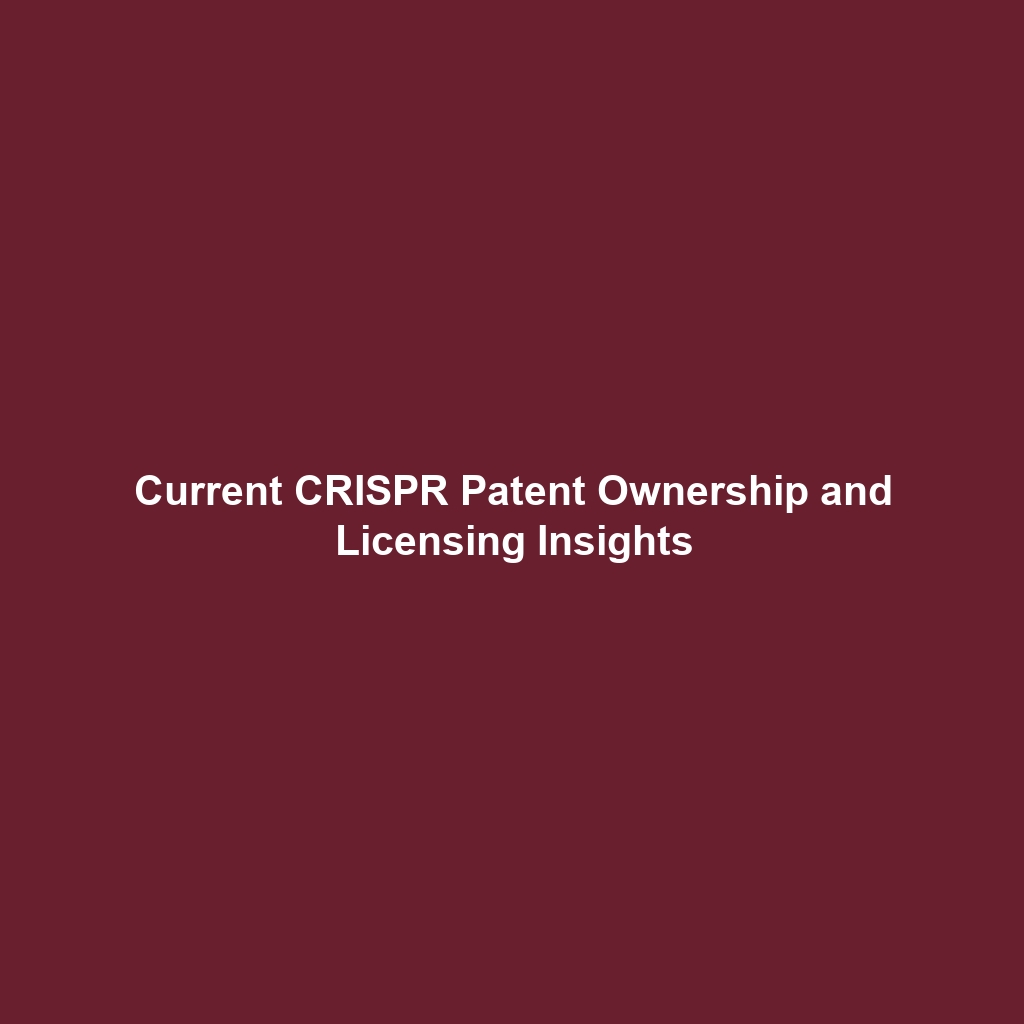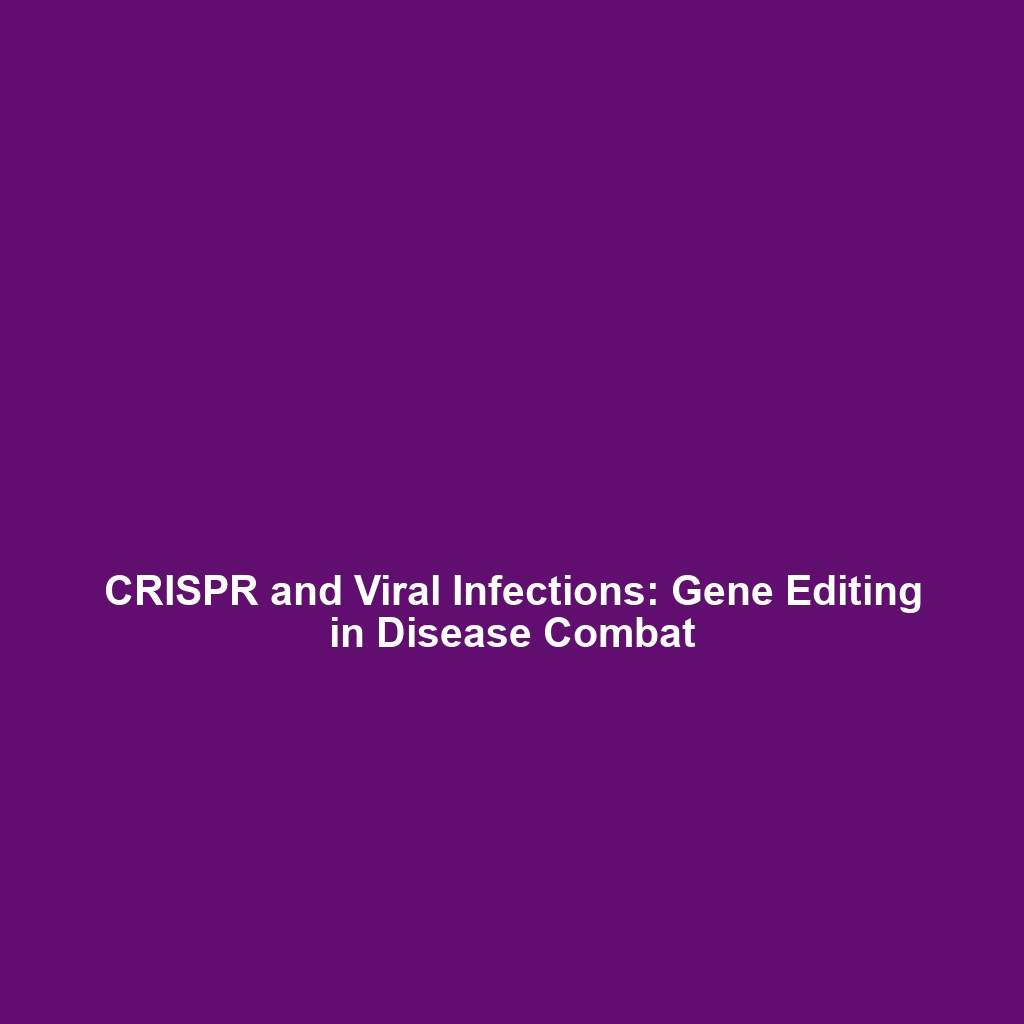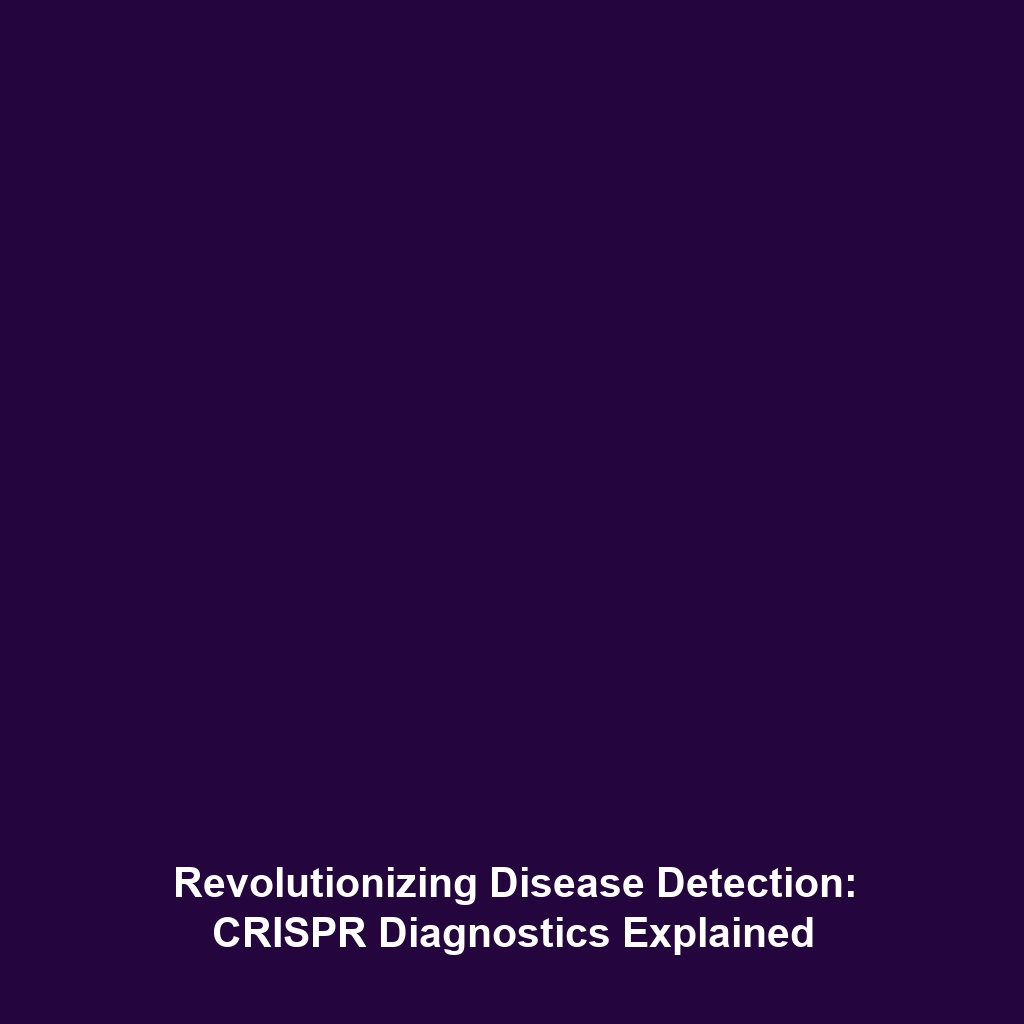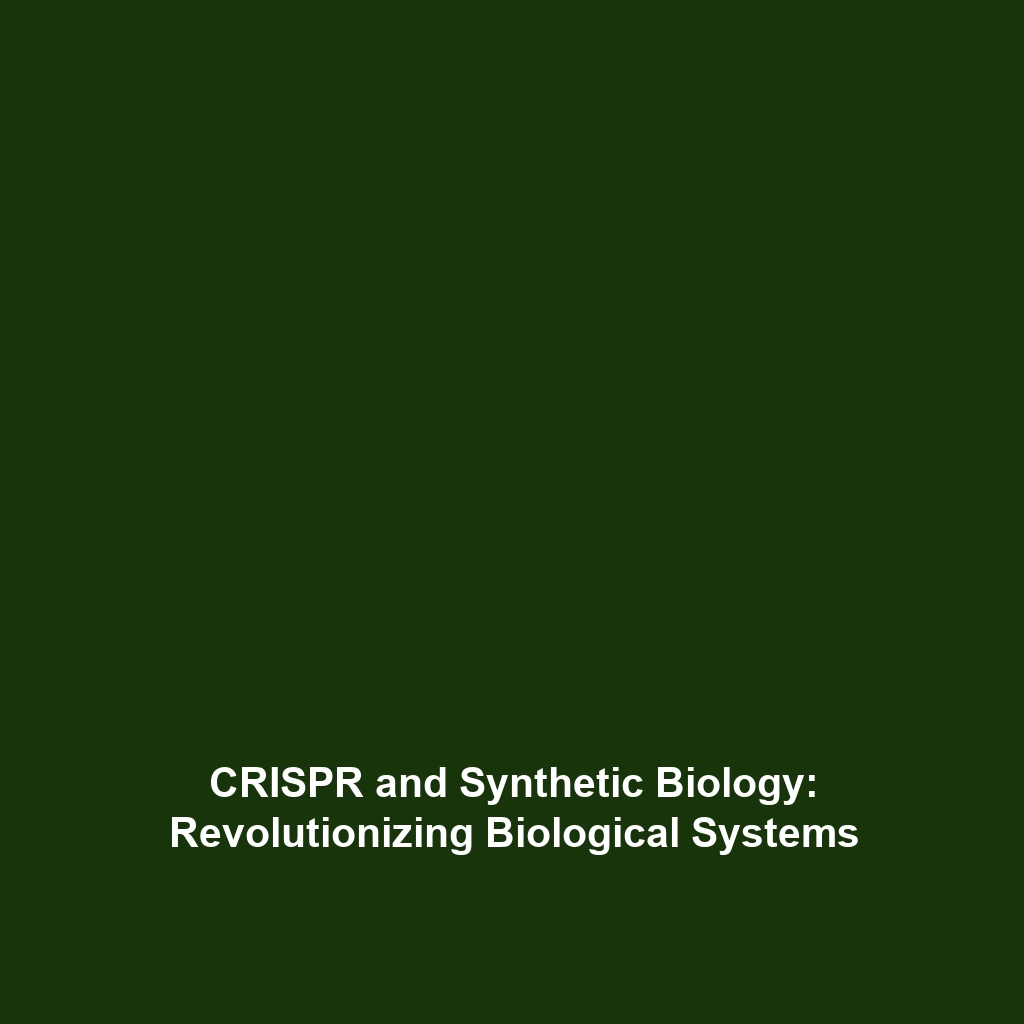Current Status of CRISPR Patent Ownership and Licensing
Introduction
The current status of CRISPR patent ownership and licensing plays a crucial role in shaping the development and application of CRISPR gene editing. As a revolutionary technology that allows for precise modifications in DNA, CRISPR has garnered significant interest from researchers, biotech companies, and investors alike. Understanding who holds the patents and how licensing agreements are structured not only affects scientific innovation but also raises important ethical and commercial questions within the CRISPR gene editing arena. This article delves into the intricate landscape of patent rights and the licensing processes that govern CRISPR technologies.
Key Concepts
In understanding the current status of CRISPR patent ownership, it is essential to comprehend several key concepts:
Patent Ownership
Patent ownership refers to the legal rights granted to inventors and companies for exclusive control over their inventions. In the context of CRISPR, major players include the Broad Institute, which holds significant patents, and the University of California, Berkeley, which has initiated legal contests over patent claims.
Licensing Agreements
Licensing agreements allow patent holders to permit others to utilize their technology in exchange for royalties or fees. The dynamics of these agreements are critical for advancing CRISPR gene editing applications across various industries, from agriculture to medicine.
Applications and Real-World Uses
The current status of CRISPR patent ownership and licensing directly influences multiple practical applications of CRISPR gene editing. Significant uses include:
- Medical Research: Development of gene therapies for genetic disorders like sickle cell anemia.
- Agricultural Innovations: Creation of genetically modified organisms (GMOs) that are disease-resistant.
- Biotechnology: Improvement of crops with desired traits using gene editing methods.
Current Challenges
Studying and applying the current status of CRISPR patent ownership and licensing comes with its set of challenges:
- Legal Disputes: Ongoing litigation can create uncertainty for researchers and companies.
- Licensing Complexities: Multiple patents on similar technologies complicate the process of obtaining rights.
- Barrier to Innovation: High licensing fees can hinder access to critical technologies, particularly for smaller entities.
Future Research and Innovations
The future of CRISPR patent ownership and licensing is poised for evolution with potential breakthroughs in gene editing technologies. Upcoming research areas include:
- Next-Gen CRISPR Techniques: Innovations in CRISPR systems that can enhance specificity and reduce off-target effects.
- Collaborative Efforts: Increased partnerships between academia and industry to streamline licensing processes.
- Global Patent Harmonization: Efforts to create uniform patent laws across jurisdictions to foster innovation.
Conclusion
The current status of CRISPR patent ownership and licensing is a vital aspect of the CRISPR gene editing landscape, affecting both the scientific community and commercial sectors. Continued dialogue on patent rights and streamlined licensing will be fundamental for promoting innovation and ensuring responsible applications of this groundbreaking technology. For further reading, explore our articles on Applications of CRISPR in Medicine and Ethical Considerations in Gene Editing.









